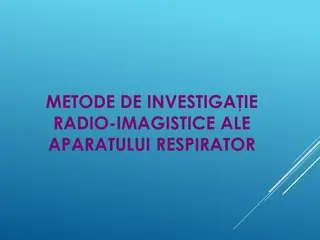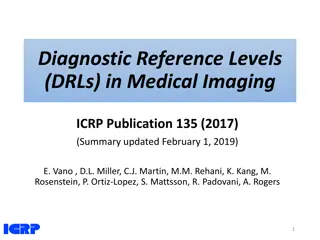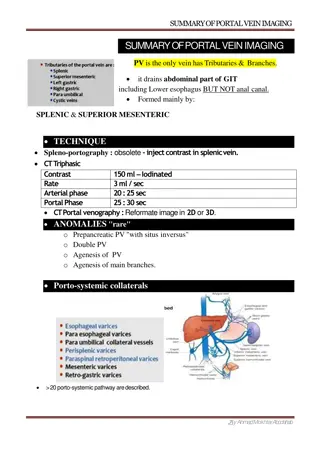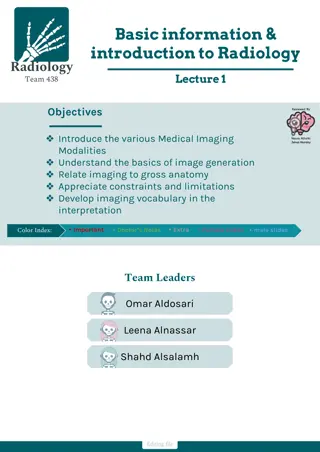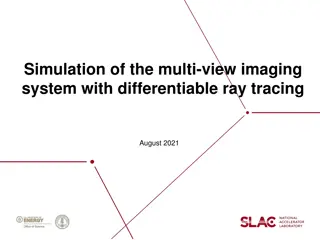Management of nmCRPC: Imaging Test Frequency & Biochemical Follow-Up
This project's focus is on the discussion surrounding the monitoring of imaging tests in non-metastatic castration-resistant prostate cancer (nmCRPC) patients. Insights from experts suggest a balance between annual imaging tests and relying on biochemical follow-up. The case details of a 72-year-old patient are used to emphasize the importance of PSA monitoring and the choice of imaging based on PSA progression.
Download Presentation

Please find below an Image/Link to download the presentation.
The content on the website is provided AS IS for your information and personal use only. It may not be sold, licensed, or shared on other websites without obtaining consent from the author.If you encounter any issues during the download, it is possible that the publisher has removed the file from their server.
You are allowed to download the files provided on this website for personal or commercial use, subject to the condition that they are used lawfully. All files are the property of their respective owners.
The content on the website is provided AS IS for your information and personal use only. It may not be sold, licensed, or shared on other websites without obtaining consent from the author.
E N D
Presentation Transcript
Project Imaging study in nmCRPC
Project Case details and discussion plan Discussion: How frequent would you monitor imaging test? Patient detailing A 72-year-old case with nmCRPC was discussed. The patient had localized Gleason 9 prostate cancer and was diagnosed in 10/2019. Additional parameters were: Radiotherapy + 3 years of ADT planned PSA at diagnosis: 15.4 ng/ml PSA nadir 08/2020: 0.3 ng/ml PSA rise 11/2020: 1.5 ng/ml (conventional imaging no mets) PSA-DT <5 month Apalutamide treatment started 12/2020, PSA now 0.2 ng/ml 3-6 months OR 6-12 months OR When PSA progress ADT: androgen-deprivation therapy; nmCRPC: non-metastatic castration-resistant prostate cancer; PSA: prostate specific antigen
Project Panelist insights and Conclusion Experts shared regional insights about rational management of this case and choice of treatment for such patients. I do not routinely do imaging in my practice. I will look at initial PSA at presentation and determine if PSA is a reliable marker for follow-up, which should be the case most of the time. In nmCRPC, I don t prefer using imaging unless the PSA progresses. A/Prof. Edmund Chiong Imaging tests should be performed at least once a year, irrespective of PSA progression. Dr. Loh Chit Sin In our practice, we largely depend on biochemical follow-up. Imaging is not used routinely. A/Prof. Lee Lui Shiong Two of the panelists agreed that imaging for nmCRPC patients should not be performed on a regular basis. A/Prof. Edmund Chiong further added that imaging can be performed when there is PSA progression. Dr. Loh Chit Sin believed that imaging should be performed at least once a year, irrespective of PSA progression. A/Prof: Associate Professor; nmCRPC: non-metastatic castration-resistant prostate cancer; PSA: prostate specific antigen
Project THANK YOU!





